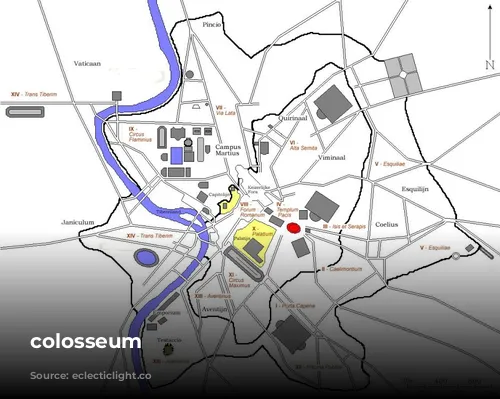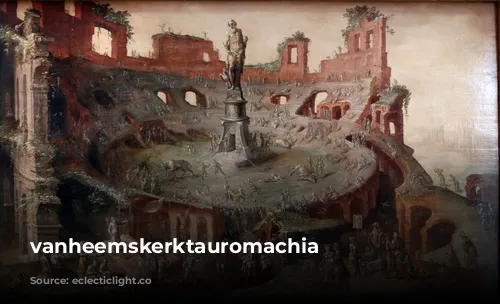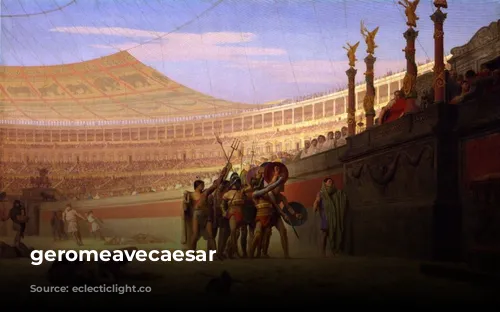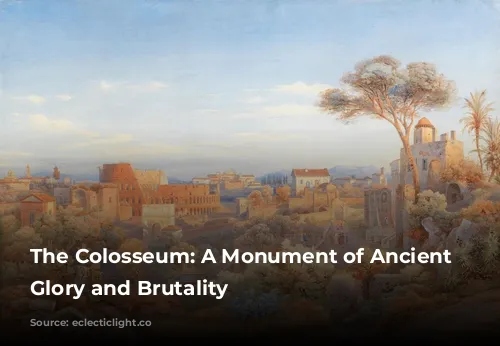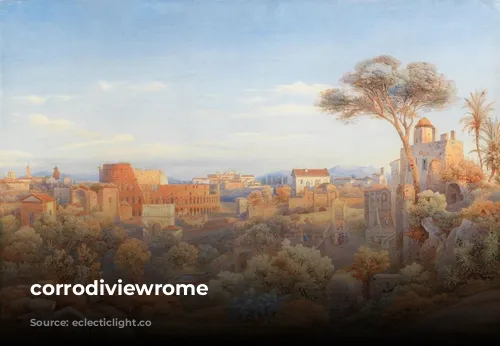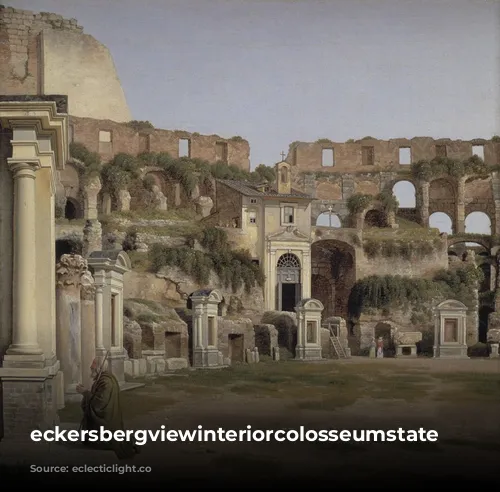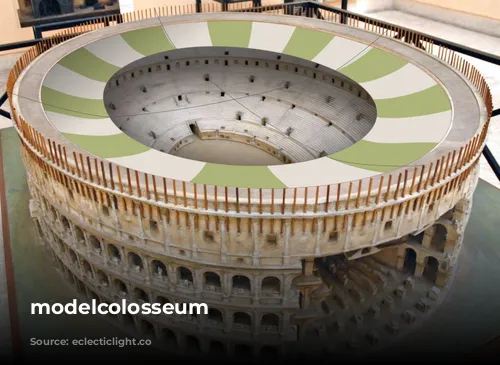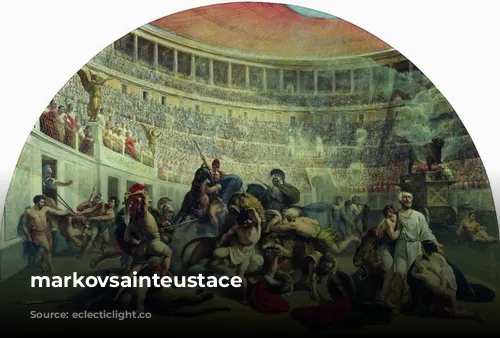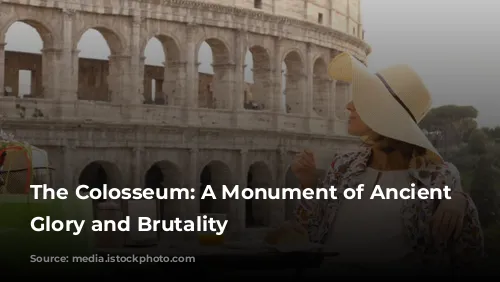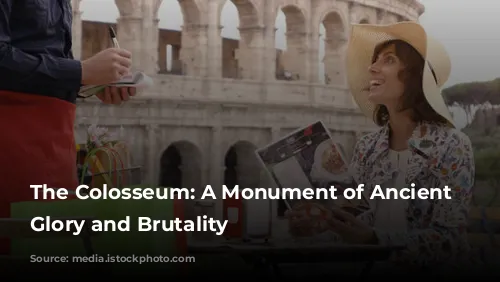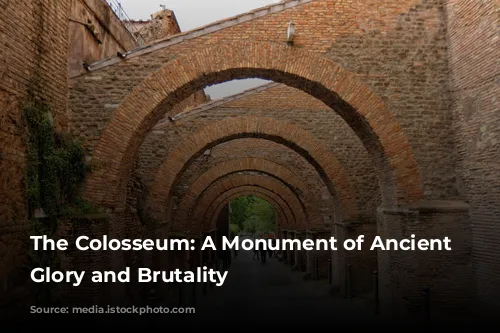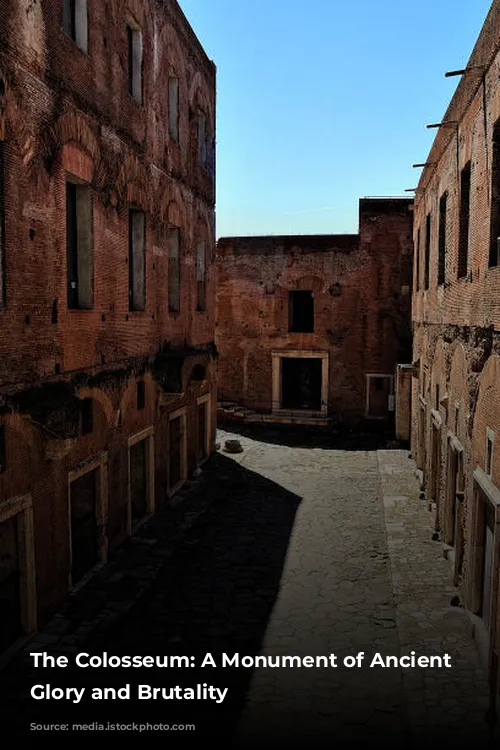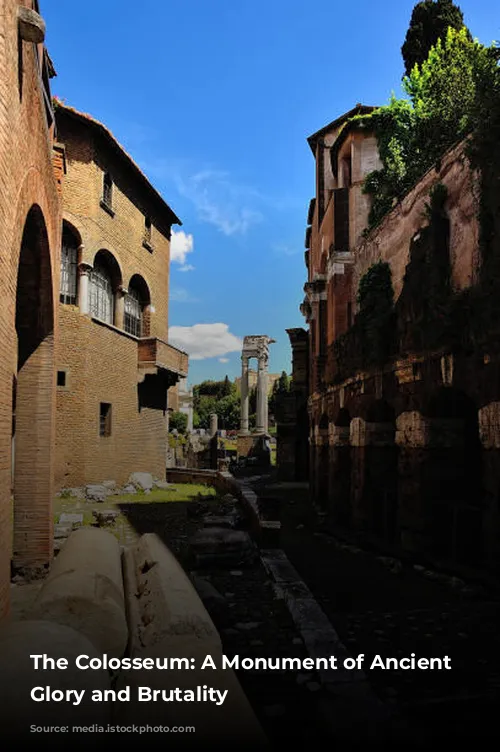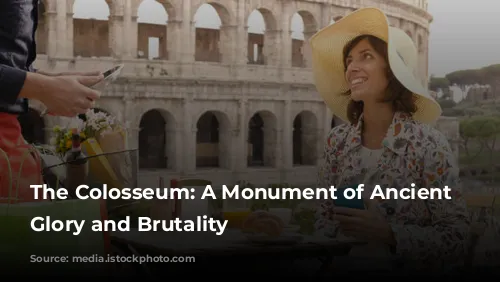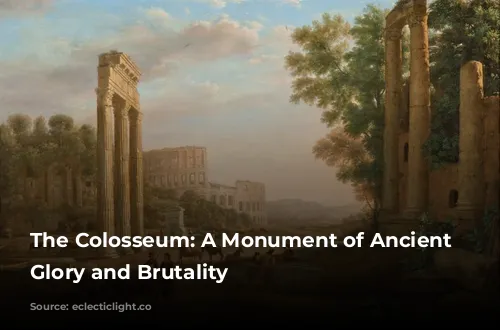The Colosseum, a monumental amphitheater dominating the skyline of Rome, is a powerful reminder of the Roman Empire’s grandeur and brutality. This iconic structure, the largest amphitheater in the ancient world, was not known as the Colosseum until after its decline.
From Construction to Ruin: A Building of Its Time
The Colosseum was a marvel of engineering for its time, built from limestone, rocks, and concrete, and faced with bricks. Its construction, initiated in 72 CE under Emperor Vespasian, was completed eight years later under Titus, making it a relatively recent addition to Rome’s ancient landscape. The Colosseum was strategically situated near the renowned Circus Maximus, a larger arena catering to chariot races and even naval battles.
Reclaiming History: Reconstructed Visions
While the majority of paintings depicting the Colosseum showcase its ruinous state, artists from the 19th century onward sought to reconstruct its interior, bringing its past to life. Alexey Tarasovich Markov’s “Eustace Placido in the Colosseum” from 1836, a dramatic scene showcasing the martyrdom of Saint Eustace, stands out as a pioneering attempt at a reconstructed view.
The Fame of “Ave Caesar, Morituri Te Salutant”
However, Jean-Léon Gérôme’s “Ave Caesar, Morituri Te Salutant” from 1859, remains the most celebrated reconstruction. Its title translates to “Hail Caesar! We who are about to die salute you.” The painting depicts a poignant scene of gladiators facing their imminent demise, with Caesar at the center of the spectacle. While captivating for its expansive view and the roar of the crowd, the painting also compels viewers to examine the dynamics of power and the spectators’ complicity in the brutality. This painting became a sensation, with Goupil selling reproductions for over 50 years.
Beyond the Colosseum: Other Artistic Interpretations
While the Colosseum serves as a focal point for many artists, other depictions explore the broader landscape of Roman ruins and their use through time. Maarten van Heemskerck’s “Bullfight in the Ruined Colosseum” from 1552, demonstrates the continued use of the ruined structure for public events, while Claude Lorrain’s “Capriccio with the Ruins of the Roman Forum” from 1634, showcases the Colosseum nestled amidst other Roman ruins, surrounded by open land.
The Colosseum: A Canvas for Artists
The Colosseum’s grandeur and historical significance attracted the attention of renowned landscape painters. Danish artist Christoffer Wilhelm Eckersberg captured two views of the Colosseum’s interior in 1815-16, one depicting a quiet moment of prayer, reflecting on the countless martyrs who met their fate within its walls.
Salomon Corrodi’s “View of Rome with the Colosseum and the Roman Forum”
Salomon Corrodi’s undated watercolour, “View of Rome with the Colosseum and the Roman Forum,” offers a meticulously detailed and beautifully lit depiction of the Colosseum in its contemporary urban setting.
The Colosseum: A Symbol of Rome’s Complex Legacy
The Colosseum encapsulates the complexity of Rome’s history. Built with riches plundered from the Temple of Jerusalem after the first Jewish-Roman War, it served as a stage for spectacles that often involved suffering and death, contributing to the oppression of Christianity. Despite its brutal past, the Colosseum’s architectural prowess continues to inspire, serving as a model for numerous buildings across Europe and North America. Its legacy is a testament to the enduring power of human creativity and the enduring impact of historical events.
